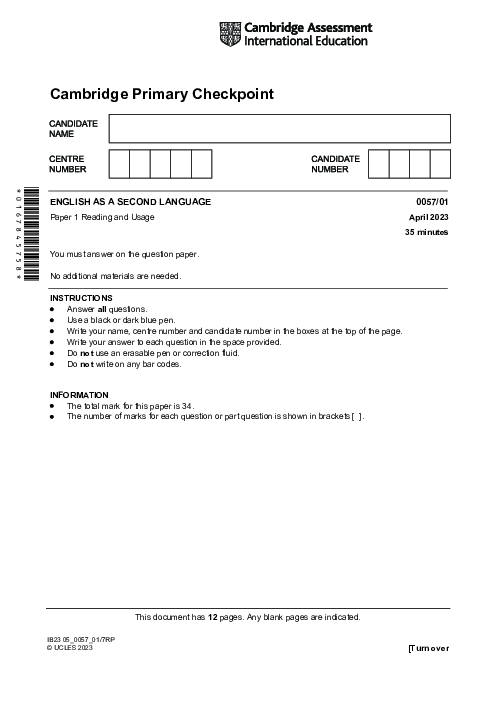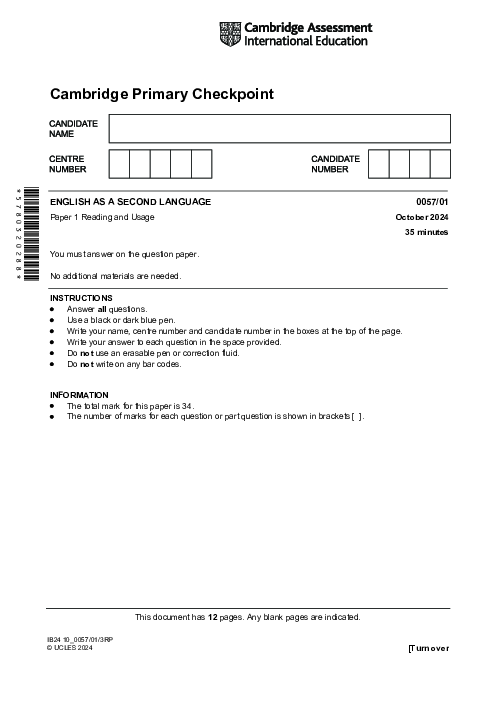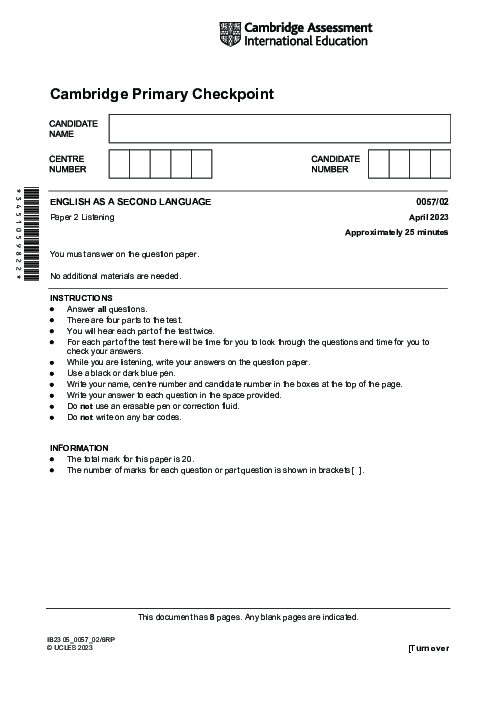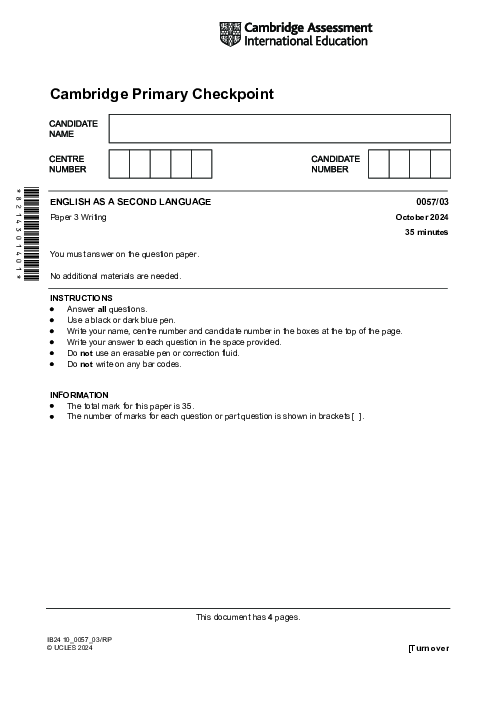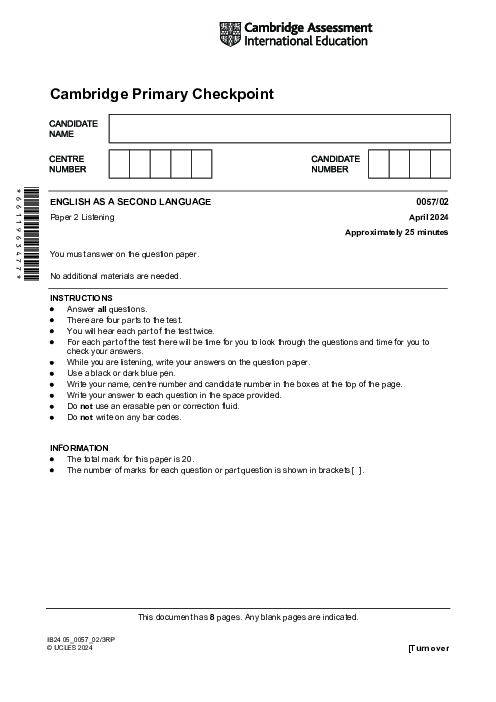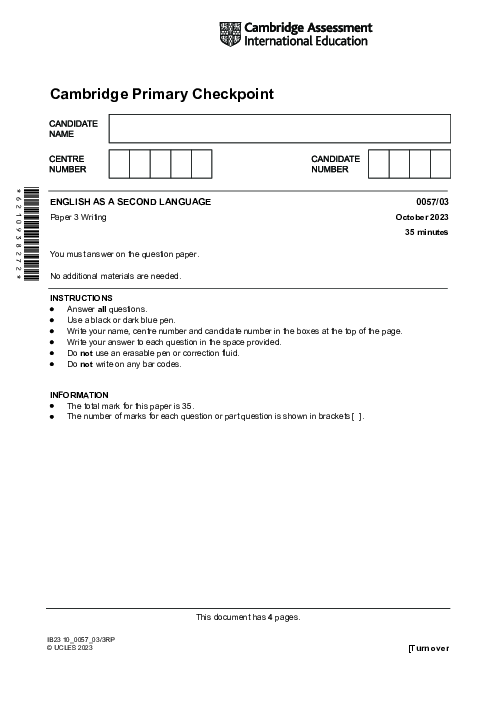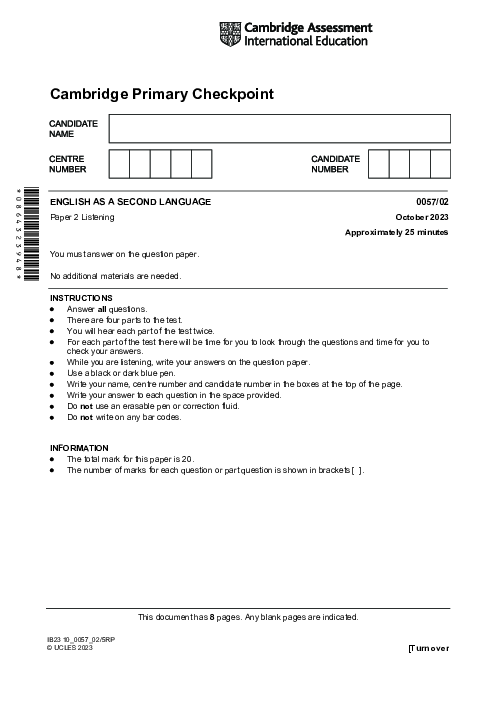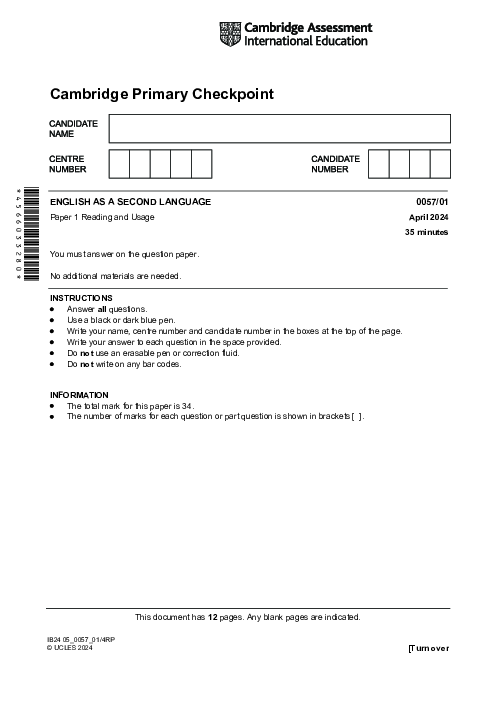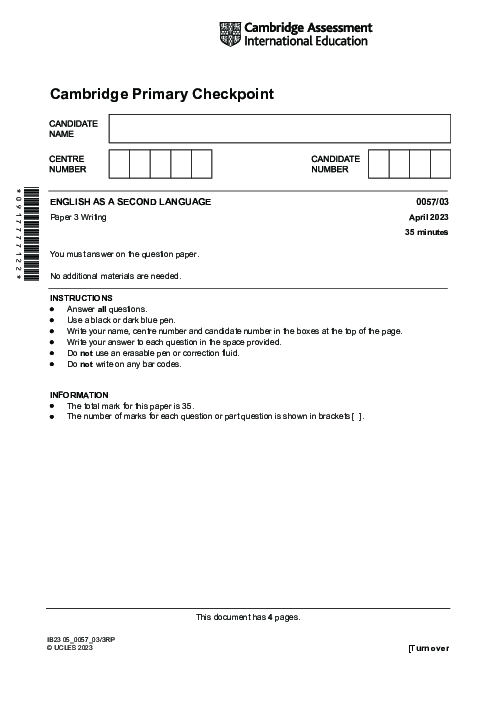A common challenge for ESL (English as a Second Language) students, especially at the primary level, is whether they should be thinking directly in English or translating thoughts from their native language into English. This question is pertinent because it deals with the cognitive processes behind language acquisition.
Should ESL students be encouraged to think in English rather than translating from their native language?
پاسخ ها: {{ repliesNum }}
پاسخ انتخاب شده
در پاسخ به: {{ reply.reply_to.name }}
در پاسخ به
این پیام حذف شده است.

